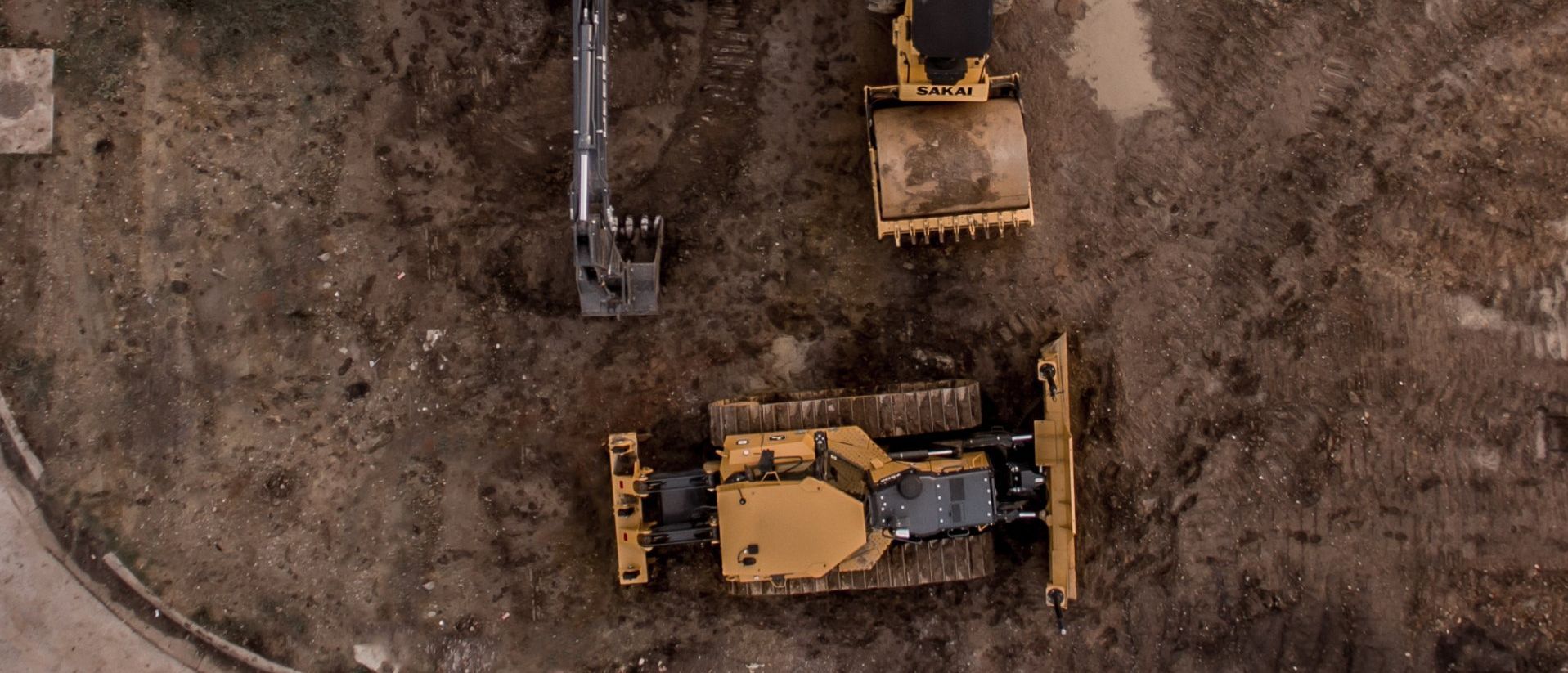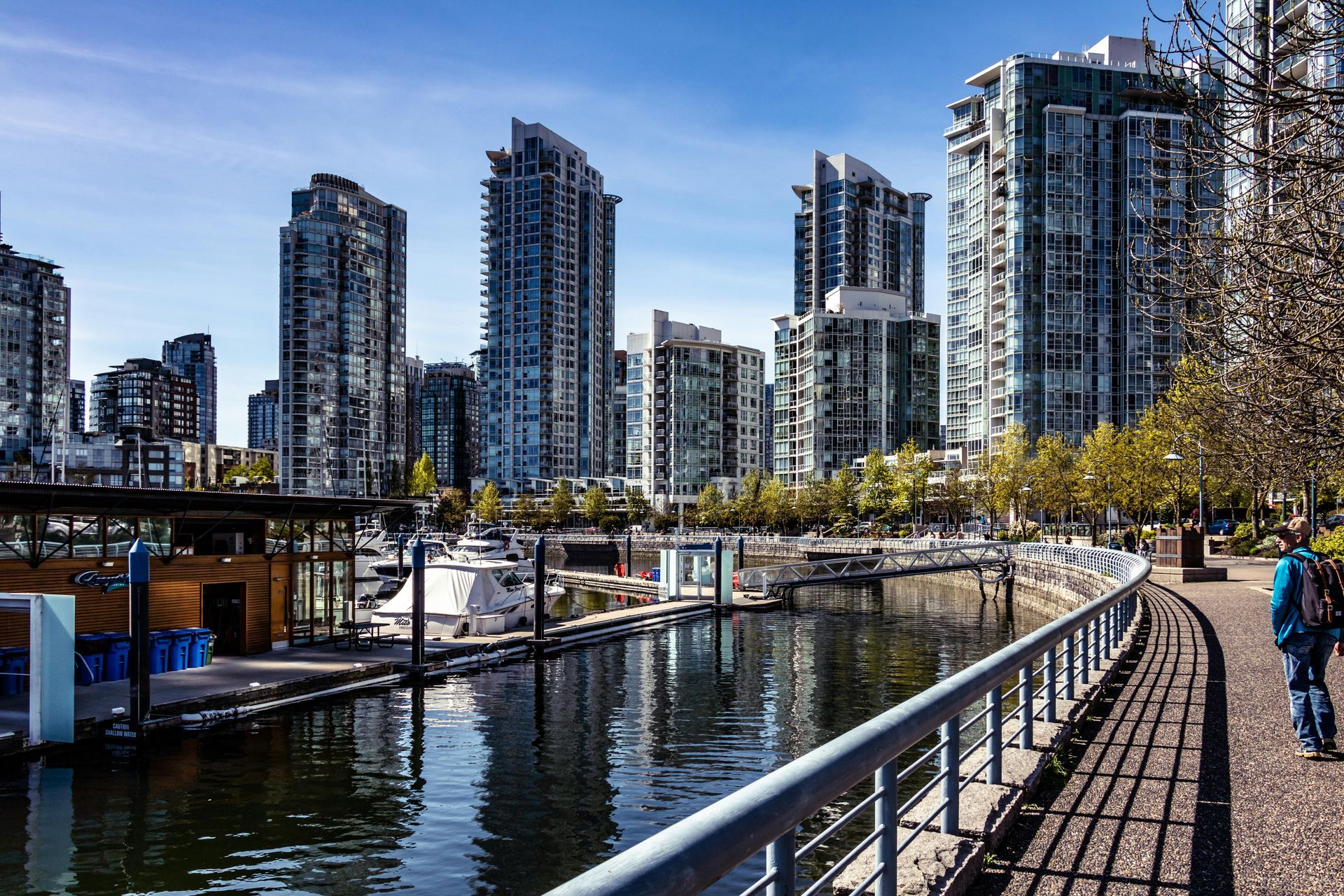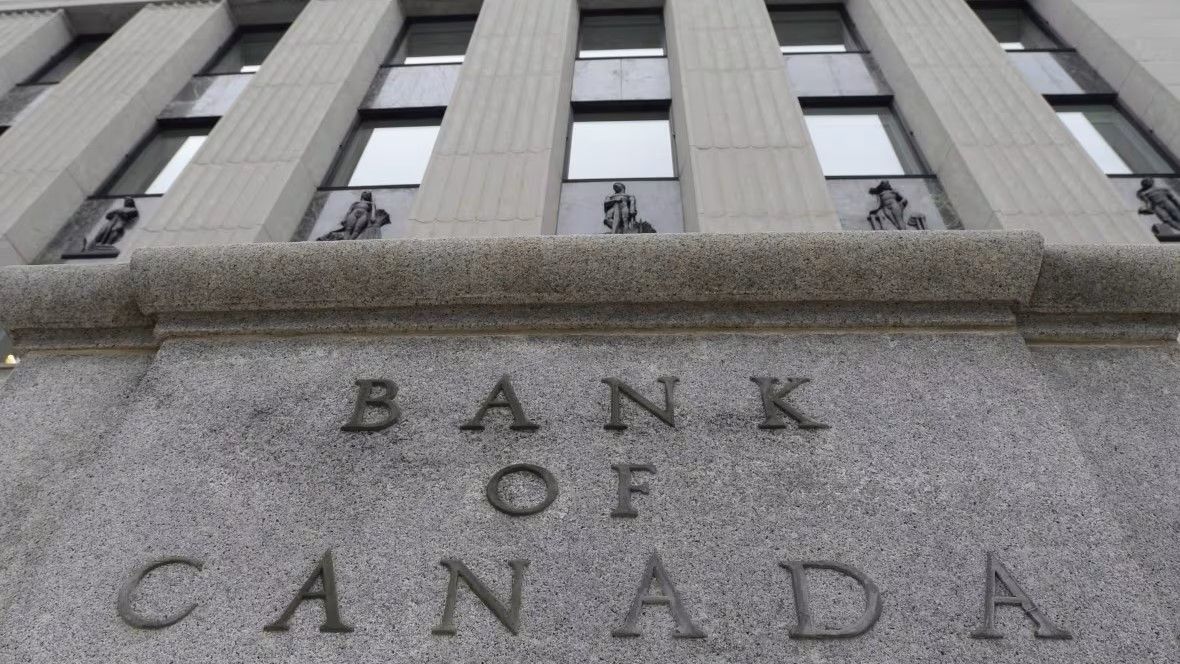Bans and booms: How foreign homeownership bans and major increases in immigration could impact the BC housing market.

If there’s one thing that every real estate agent, developer and homeseeker can agree on when it comes to the BC housing market, it’s that it’s always changing.
From government interventions to leaky condos to a pandemic push to the suburbs, history proves time and again that it’s impossible to predict what’s next on our collective real estate journey. But a new report from the BC Real Estate Association (BCREA) stresses that challenging times are ahead if the province can’t significantly boost supply in the coming years, as immigration-driven demand is set to peak. The report says that a sustained 25% boost in supply would alleviate the rise in prices set to come, let’s take a look at the report and help guide you through their findings.
Two for the show.
Over the next three years, there are two significant government policies that will affect housing demand in British Columbia more than any other. First on the list is the Foreign Buyers Ban, also known as the "No Home for You, Non-Canadians Act." It's like a vigilant bouncer at an exclusive nightclub, denying entry to non-Canadians seeking to snag residential properties. The goal? To cool down those sizzling home prices and prevent homes from turning into magical money-making machines.
The real showstopper is the government's increased immigration targets. We're talking about welcoming a staggering 1.5 million new permanent residents here in Canada by 2025. B.C. alone is expected to open its doors to an estimated 217,500 new permanent residents from 2023 to 2025, nearly double the historical average immigration levels. It's a massive influx of talent, diversity, and demand storming the housing market. Brace yourselves, folks—BC is about to get cozy.
Ban-couver.
While the Foreign Buyers Ban has been put in place to prevent foreign investors from buying up homes and using them as speculative financial assets, the BCREA believes there is weak evidence that the ban will achieve its objective of lowering home prices. On the other hand, the association says that increased immigration targets will have five times more impact on demand than the Foreign Buyers Ban, necessitating a 25 percent increase in new home completions to offset the deterioration in affordability. Don’t kid yourself - that would be a massive increase.
At the end of the day, the impact of the increase in immigration targets is much more significant than the decline in sales due to the prohibition on foreign buyers. The increased national target for immigration will translate to approximately 20,500 new BC households over and above average annual immigration. This means that there will be a 20,500-unit increase in demand for either ownership or rental housing just from permanent residents. Given the challenging affordability of many cities in BC, only a portion of the new households formed as a result of increased immigration will become homeowners.
Balancing act.
To alleviate the strain on the housing market caused by sudden changes in demand, the government can take steps to increase the supply of housing.
Some of these steps may involve modifying zoning regulations to permit more construction, allocating more funds to affordable housing initiatives, and offering incentives to developers to construct additional housing units. If they’re committed to increasing supply, they need to act quickly - which is a word that, historically, most legislators around the country are unfamiliar with.
The BCREA found that to keep up with the increase in immigration, new home construction in BC must increase by 25 percent over the next five years, reaching a record level of about 43,000 completions annually. Although that pace of completions is similar to what was achieved in 2020 and 2021, higher interest rates and weaker market conditions make that rate of completion much more difficult to hit. Additionally, the ban on foreign buyers has made it more challenging to finance new home construction without access to international capital markets.
Slow your roll.
Lowering price growth so that income growth can catch up to prices is integral to improving housing affordability in BC, and an appropriate supply response could offset the impact on affordability. On a longer time horizon, it can also help to make progress in permanently improving affordability.
Instead of policies designed to limit demand through taxation or prohibition, the BCREA’s findings suggest that governments should pursue an abundance agenda for housing. An agenda that includes more housing, fewer obstacles to building more housing, and a streamlined process to get more housing to the market faster. Without such an agenda, it will only be a matter of time before the market is again facing accelerated price growth and deteriorating affordability as demand soars and supply struggles to keep pace.
Planning for success.
If you were having a dinner party and you only had eight seats at your table, you wouldn’t invite 12 friends over without bringing up your trusty folding table and chairs from the crawl space. Otherwise, your friends Barry, Ellen, Rocco and Sophia are going to end up eating Pasta Primavera on your brand-new Chesterfield, and we all know Rocco can’t be trusted not to make a mess. Especially with chocolate lava cake coming for dessert. It costs not to plan ahead.
While immigration plays a vital role in the economy by supporting economic growth, creating job opportunities, and bringing diversity to communities, it also adds significantly to housing demand. As the population continues to grow and global migration patterns persist, it is essential to understand and embrace the positive impacts of immigrants in the broader economy while also planning for the impact on housing.
Let’s get the table and chairs from the basement. The challenge lies in creating policies and programs that support and welcome immigrants while addressing the consequent pressures on an already stressed housing market. 43,000 new completions annually sounds like a good start.







